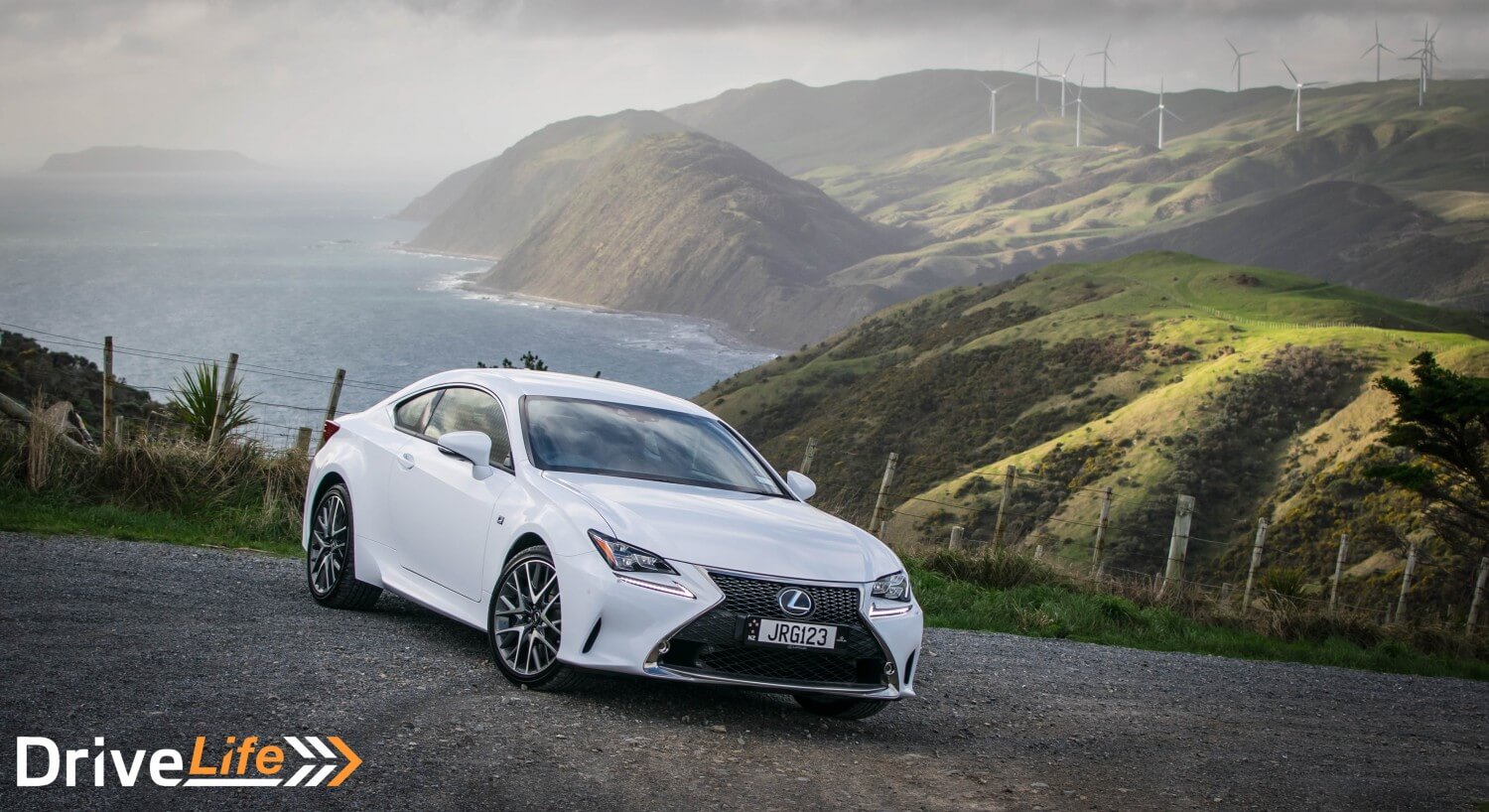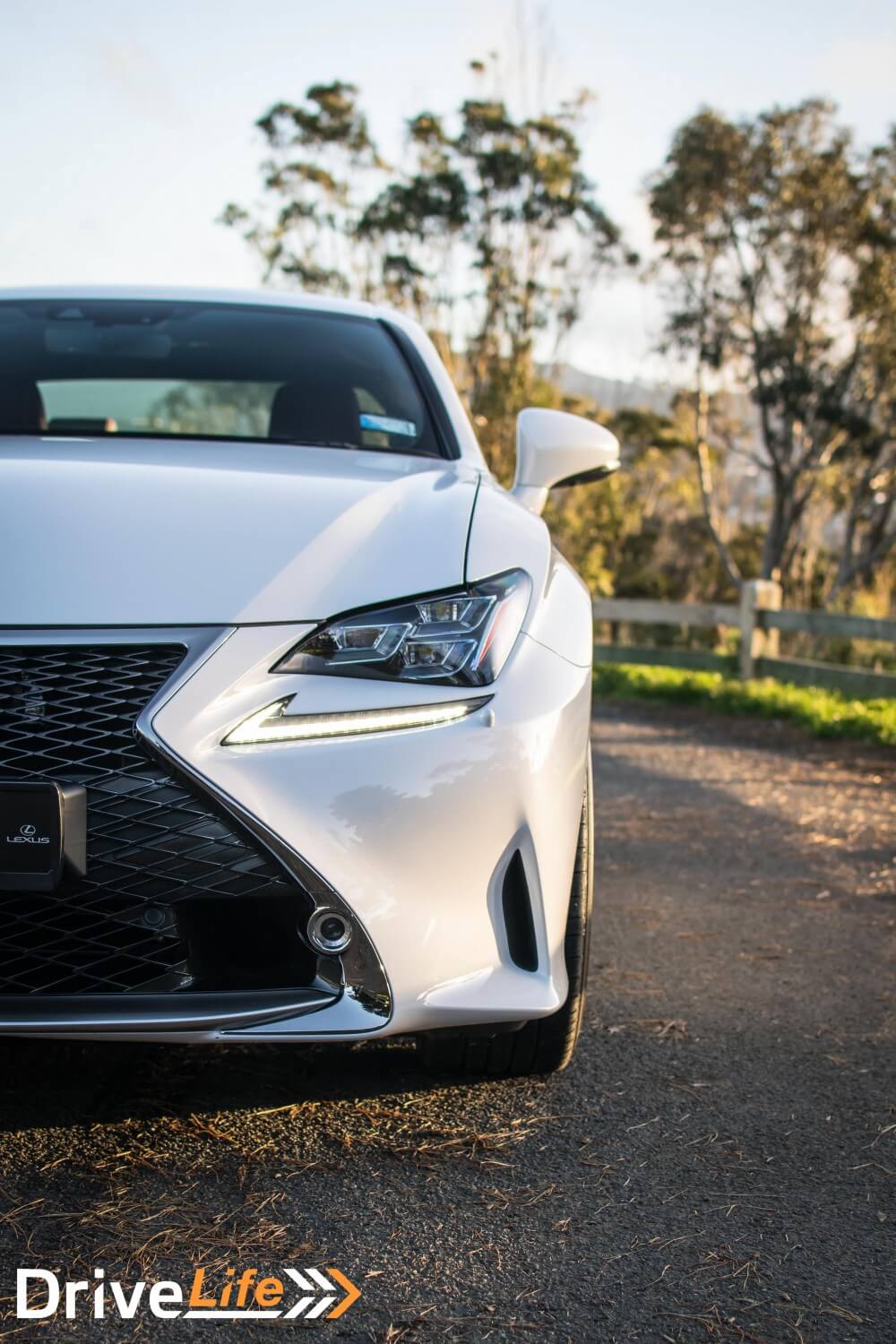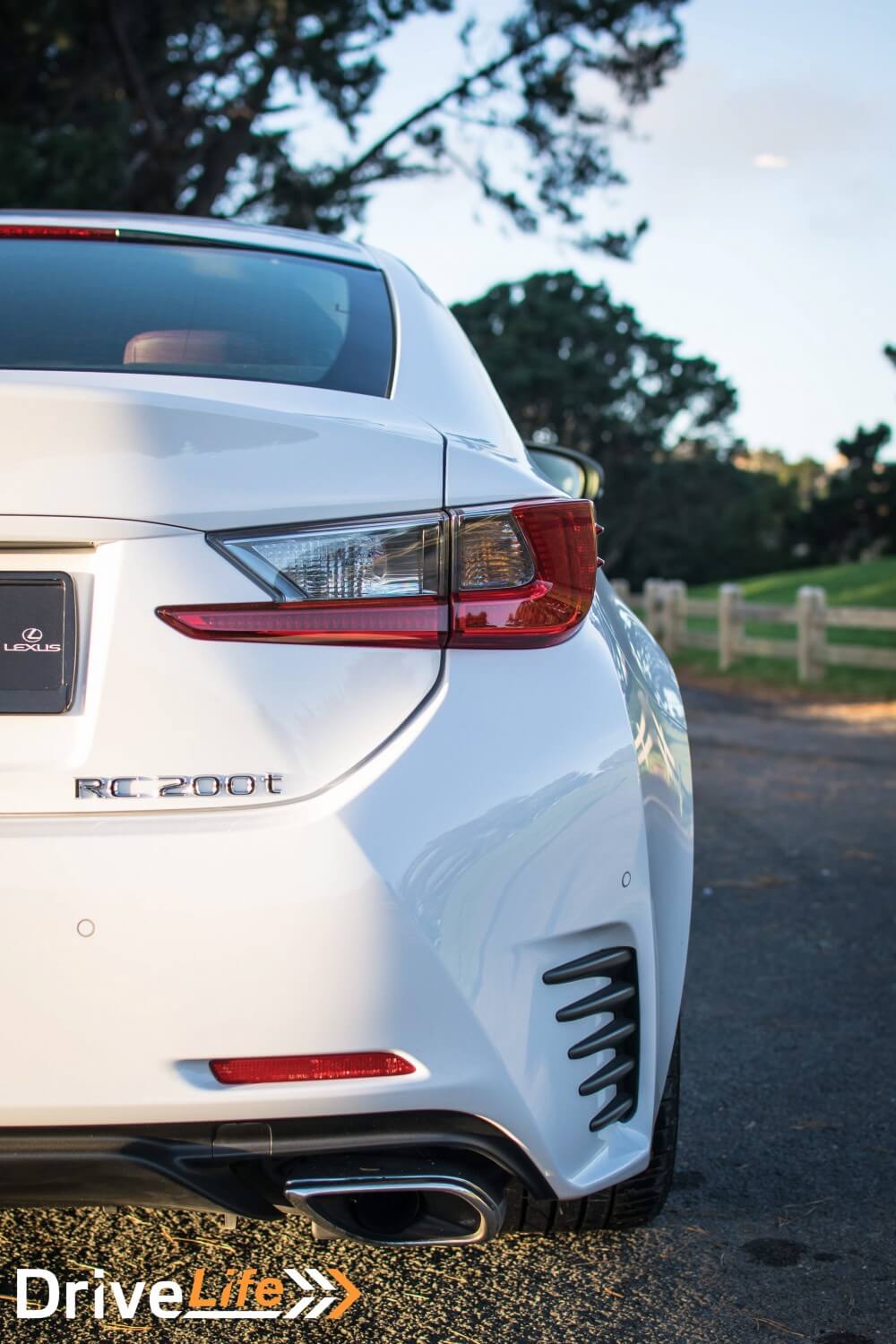Motoring journalists seem to have a great job. They get to test new cars regularly for a week, drive around, take photos, and write their thoughts down. Exposure to all sorts of different cars can make one jaded and approach cars in a completely different way from the average buyer. It’s a bit like someone who’s a film critic. They won’t be able to sit down and watch mindless entertainment without analysing the mies-en-scene or what the lighting symbolises.
So when you read a review of a new car most of the journalists will judge it solely on how exciting it is to drive compared to the last car they had on test. That’s why Porsche, BMW, and RenaultSport cars always fare well in reviews, because they put a smile on the face of the reviewer. As a petrolhead I appreciate that and I want a Porsche GT4 or a BMW M2 as much as the next person but I also realise not every buyer wants the last word in Nurburgring lap times when it comes to buying their next car.
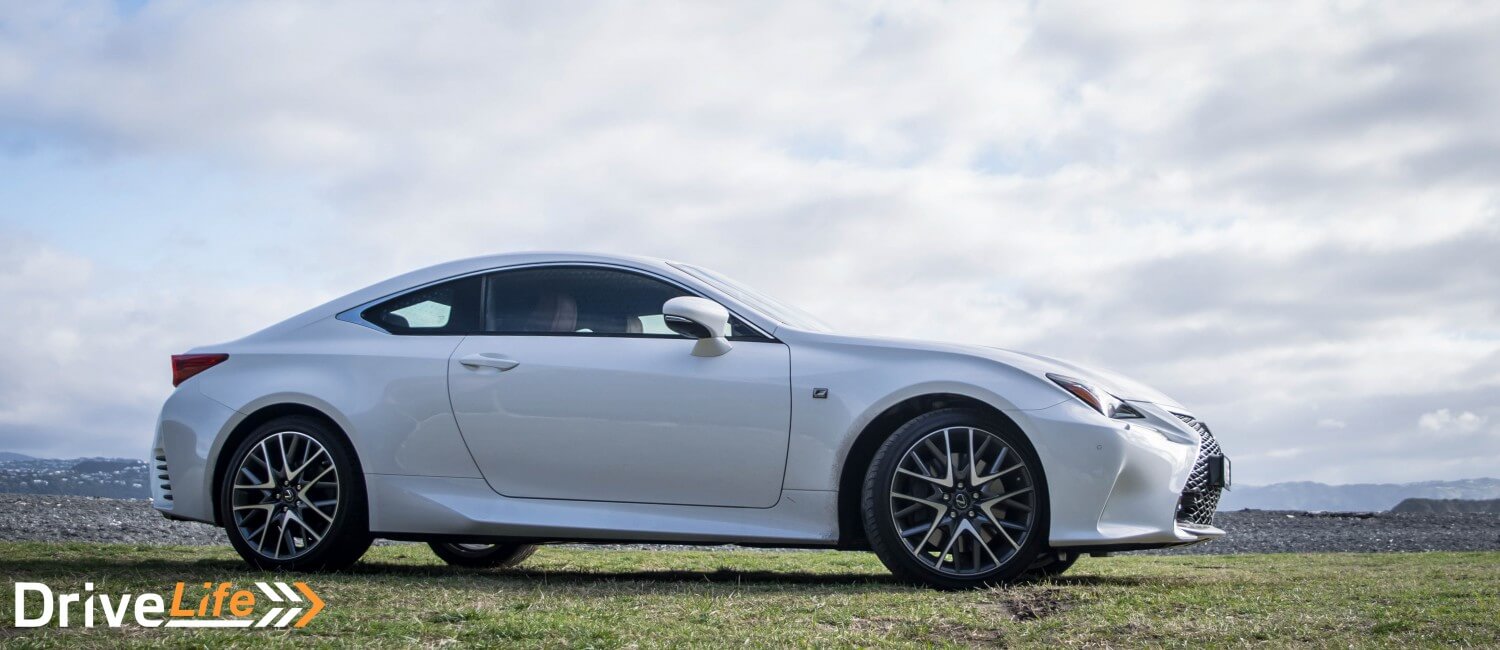 Enter Lexus. Take the LFA out of the equation and you’re left with a brand traditionally associated with golfers, dentists, and accountants. Or in other words, people who aren’t Lewis Hamilton. Back in the day you bought a Lexus because you wanted something reliable, well-equipped, and comfortable. But then Lexus started ‘F’-ing their cars up – in a good way. First came the IS F, a V8-powered M3 rival.
Enter Lexus. Take the LFA out of the equation and you’re left with a brand traditionally associated with golfers, dentists, and accountants. Or in other words, people who aren’t Lewis Hamilton. Back in the day you bought a Lexus because you wanted something reliable, well-equipped, and comfortable. But then Lexus started ‘F’-ing their cars up – in a good way. First came the IS F, a V8-powered M3 rival.
When you read a review on a Lexus things like the paint quality, the interior finish, and how much equipment came standard were the main talking points. Performance and handling were usually glossed over. When it was mentioned, it was usually to say it’s not as good as a BMW or whatever it was they had on test the week before.
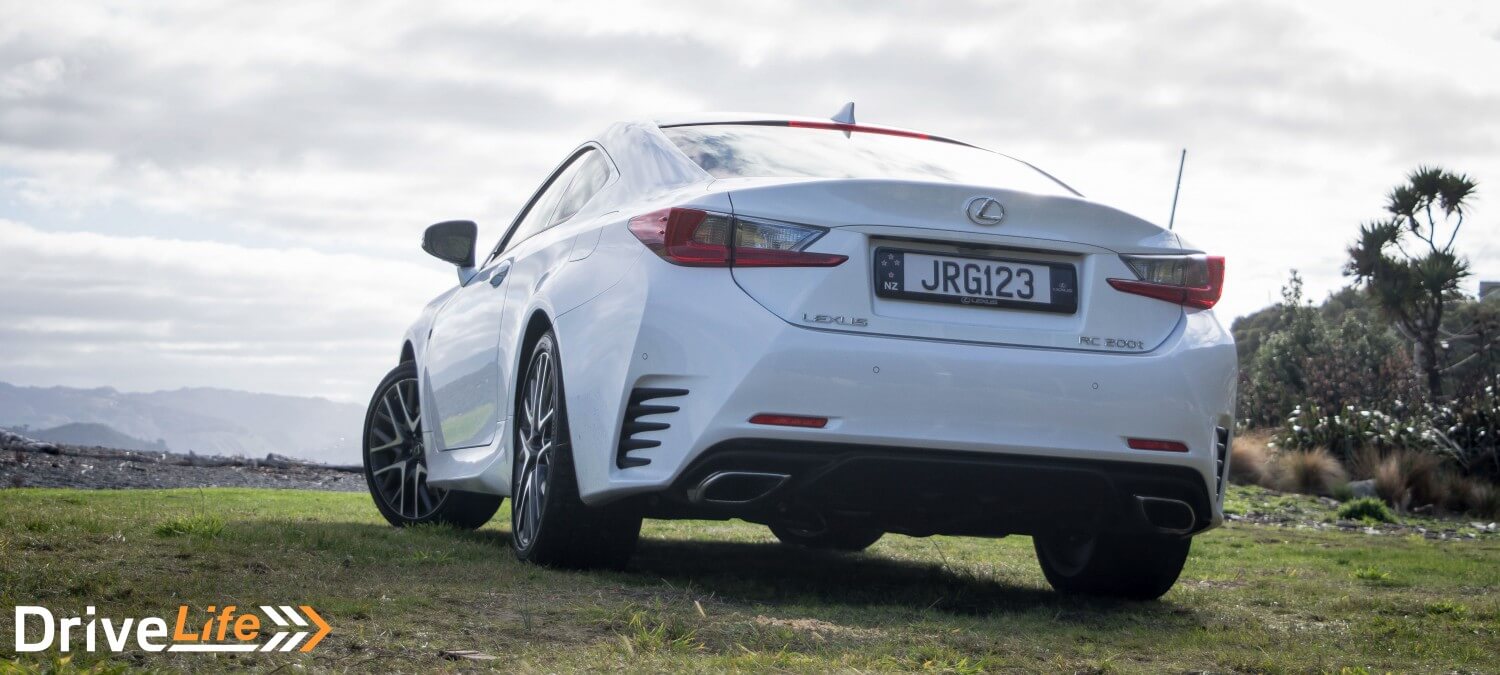 Then came the LFA which of course we now know is a brilliant, epic, and glorious car in every respect. In fact I could rave on about the LFA for a couple thousand more words. Maybe another time. More recently Lexus has given us the RC F and GS F performance cars. Lexus’ F Sport then is their answer to the AMGs, Ms, and RSs of the world. And many reviewers like these cars a lot.
Then came the LFA which of course we now know is a brilliant, epic, and glorious car in every respect. In fact I could rave on about the LFA for a couple thousand more words. Maybe another time. More recently Lexus has given us the RC F and GS F performance cars. Lexus’ F Sport then is their answer to the AMGs, Ms, and RSs of the world. And many reviewers like these cars a lot.
So why then does the Lexus RC200t F Sport have the same 0-100 km/h time as a Toyota 86? Well because this isn’t a full blown F with a V8. Instead it’s a posh coupe with some sporty styling and a desire to cruise down boulevards. In a world where performance is first priority, the RC200t takes a more relaxed and lazy approach to things. I liked that very much.
First Impressions:
Some people really dislike Lexus’ current design language. I think it works better on some of their cars than it does on others. The RC is one where it works brilliantly. It’s a stunning looking thing in the metal. The intricate details in its styling, the swooping and sharp lines, and the way it sits on the road gives it the impression of a more expensive car.
It all makes for a real head turner. If you don’t like attention get one of its more sombre German rivals instead. I’ve never tested a car that’s gotten more looks, thumbs up, and random strangers asking about it – that’s including a Honda S660 and an orange BMW M6.
What I really like is despite this being the least expensive way of getting into a Lexus coupe, the RC200t F Sport looks pretty much identical to the more expensive RC350 F Sport and RC F. However, that is both a positive and a negative in my view. On the one hand your neighbours won’t be able to tell your 2.0-litre turbo car apart from the top-of-the-line 5.0-litre V8. Unless they hear you start it up or challenge you to a drag race.
The Inside:
I’ve professed my love for Lexus interiors before and the RC is no different. It’s essentially a carryover from the IS sedan meaning top notch materials, an interesting design, and lots of standard equipment. Being inside the RC was a rather special place to be in and one that I could see myself doing many kilometres in. Lexus know how to do seats and as you get yourself comfortable in the RC’s sporty yet plush F Sport seats, you can’t help but feel like you’re in something unique and not at all German.
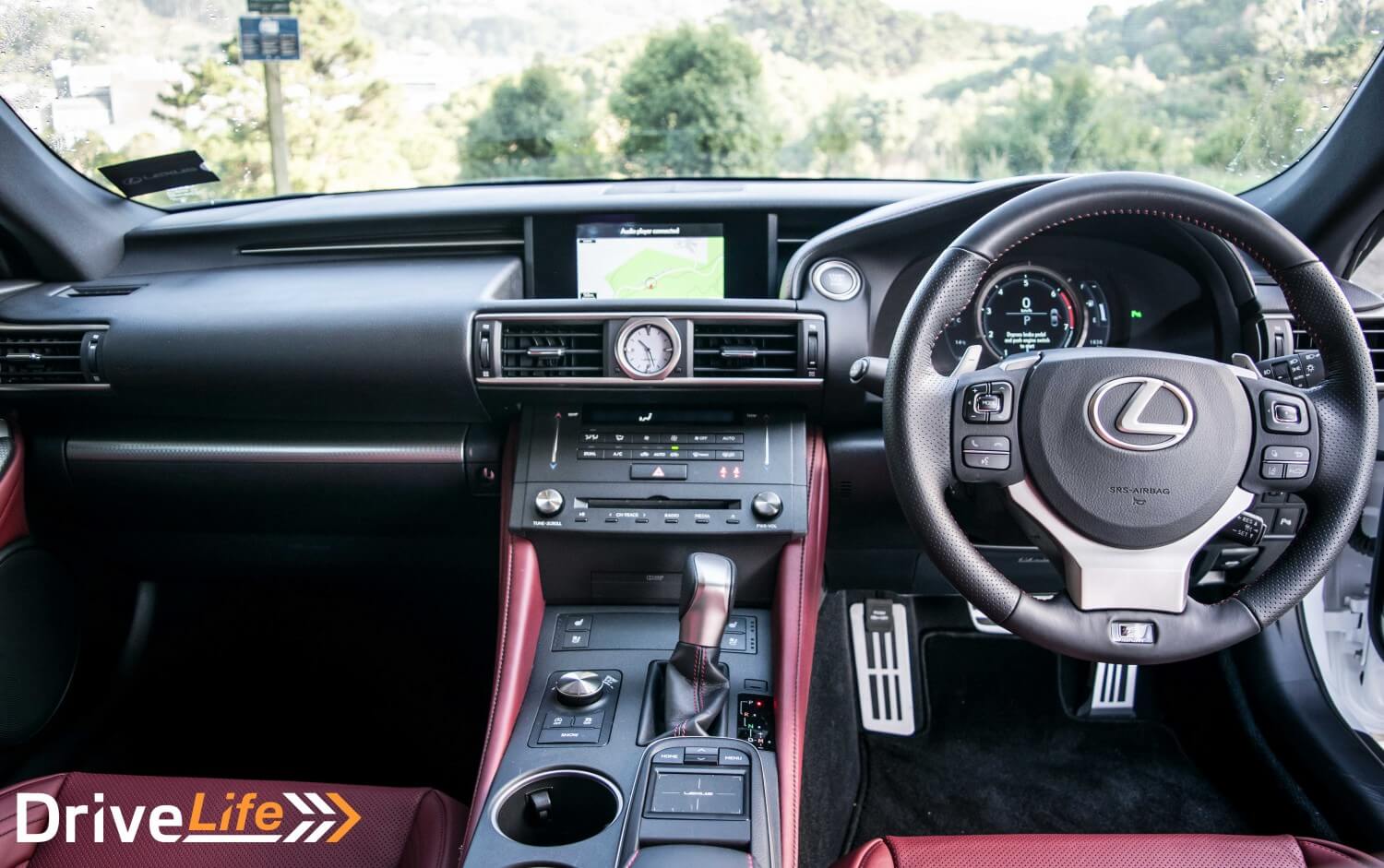 The driving position was pretty much spot on too for what it was designed to do. Okay, a BMW 4-Series feels sportier; you sit lower and feel more integral in that. The RC felt like there’s a lot of car around you but it didn’t feel particularly racy. And that’s the point. If you sat any lower or if the cabin wrapped around you more you wouldn’t feel as relaxed.
The driving position was pretty much spot on too for what it was designed to do. Okay, a BMW 4-Series feels sportier; you sit lower and feel more integral in that. The RC felt like there’s a lot of car around you but it didn’t feel particularly racy. And that’s the point. If you sat any lower or if the cabin wrapped around you more you wouldn’t feel as relaxed.
It all works together to make the RC a very comfortable and relaxing cruiser. It doesn’t encourage you at all to drive aggressively or rush to places. Though that said, your rear passengers may not feel the same. The rear seats are usable, to an extent. It’s no family car that’s for sure. You can fit adults in the back at pinch but you wouldn’t to go on any long trips unless you disliked your rear passengers immensely. I’m about 5’10” and I was hardly comfortable behind my own driving position. The rear seats did have ISOFIX fixtures so maybe they’re best left for small children and hobbits. What wasn’t small was the boot, which was actually a usable shape and size.
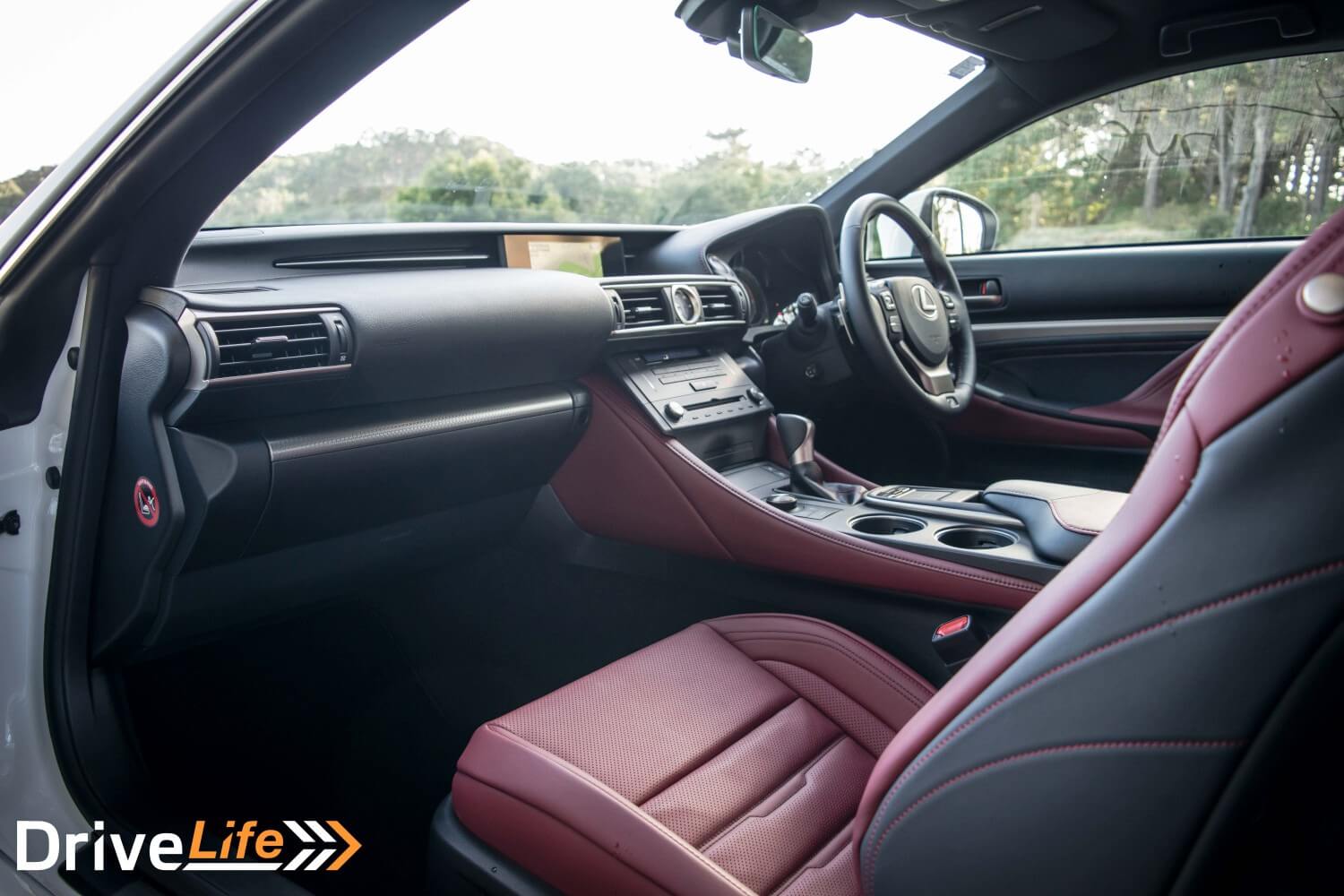 That said, speaking of small sizes, the central 7-inch infotainment screen was surprisingly small. I realise that’s a very “first world problem” to have but coming from the massive 12.3-inch screen in the RX450h I was surprised to see such a large bezel around a small screen. I thought perhaps because this was the base car and other RCs would get a larger screen but until an update later in its life, this is the biggest screen RC buyers will be offered.
That said, speaking of small sizes, the central 7-inch infotainment screen was surprisingly small. I realise that’s a very “first world problem” to have but coming from the massive 12.3-inch screen in the RX450h I was surprised to see such a large bezel around a small screen. I thought perhaps because this was the base car and other RCs would get a larger screen but until an update later in its life, this is the biggest screen RC buyers will be offered.
A shame really because everything else inside is very modern. The RC’s infotainment system is controlled via a trackpad, similar to that on a laptop. Some people prefer the mouse-like controls on other Lexus cars but maybe because I’m used to laptops I prefer the RC’s trackpad. It was marginally easier to use than the mouse but still not quite as intuitive as the rotary dials offered by its rivals.
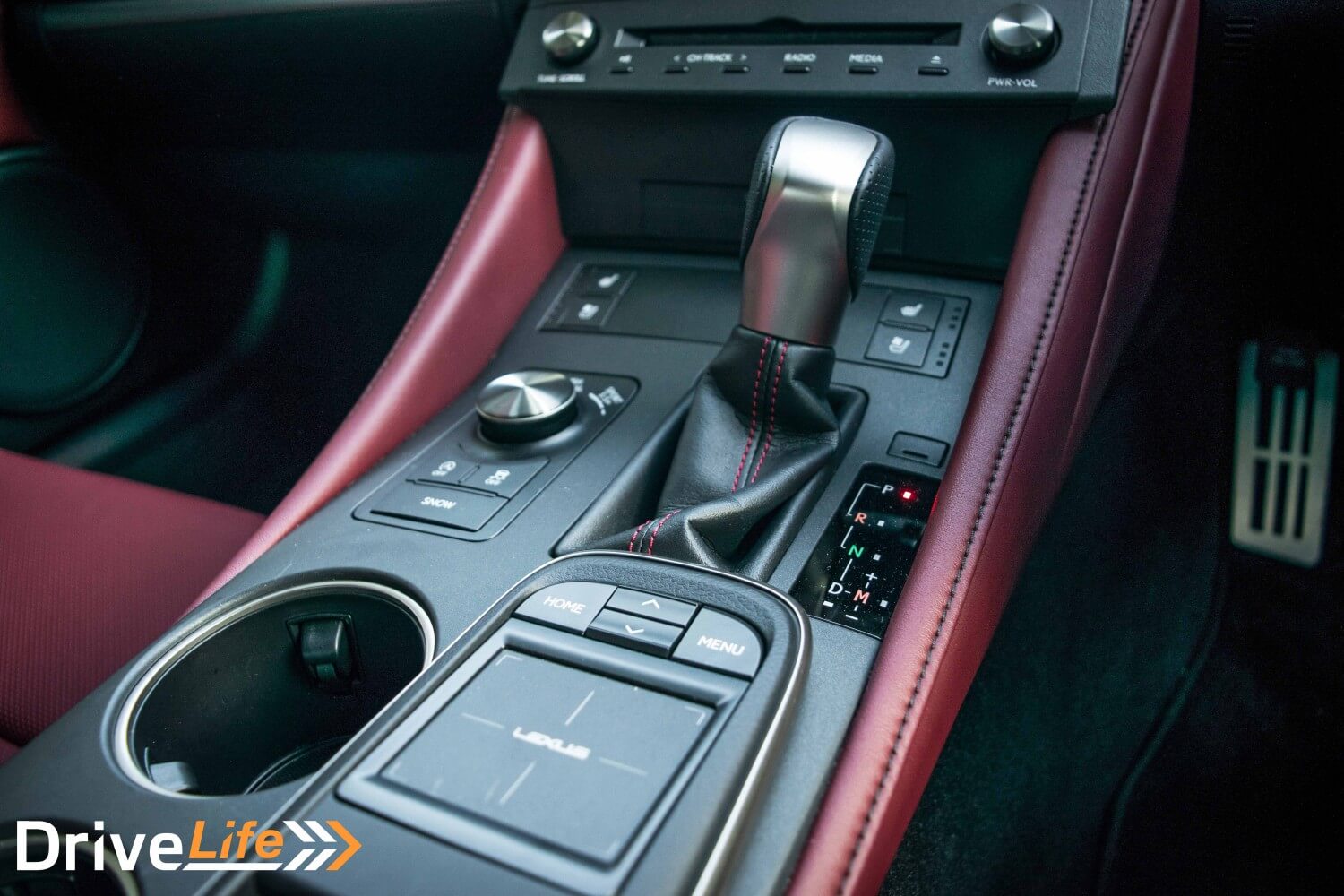 Being a Lexus, all the controls were easy to find and use. There were no stupidly placed buttons or hidden menus. Everything was logical and everything worked in a typical Japanese way the way (i.e. efficiently). I particularly liked the touch sensitive controls for the climate control because having dials is so last century.
Being a Lexus, all the controls were easy to find and use. There were no stupidly placed buttons or hidden menus. Everything was logical and everything worked in a typical Japanese way the way (i.e. efficiently). I particularly liked the touch sensitive controls for the climate control because having dials is so last century.
As with every other Lexus reviews, here’s just some of the kit you get for your $102,990; F Sport package, auto LED headlights and taillights, noise insulating windows, auto wipers, radar guided cruise control, Pre-crash safety system, blind spot assist, lane change assist, lane keep assist, front and rear parking sensors, reversing camera, satellite navigation, bluetooth and iPod connectivity, Pioneer speakers, leather trim, heated/cooled and powered seats, dual-zone climate control, and an analogue clock. That’s a lot of kit as standard, which might help explain why the RC200t is around 200kg heavier than the equivalent BMW 4-Series Coupe.
The Drive:
This is where the RC200t gets interesting. Under the bonnet is a 2.0-litre four-cylinder turbo petrol developing 247hp/180kW and 350NM of torque. It’s good for a 0-100 km/h of 7.5 seconds and a top speed of 250 km/h. I see why Lexus have gone down the turbocharged route, because everyone else has as well for emissions and fuel economy.
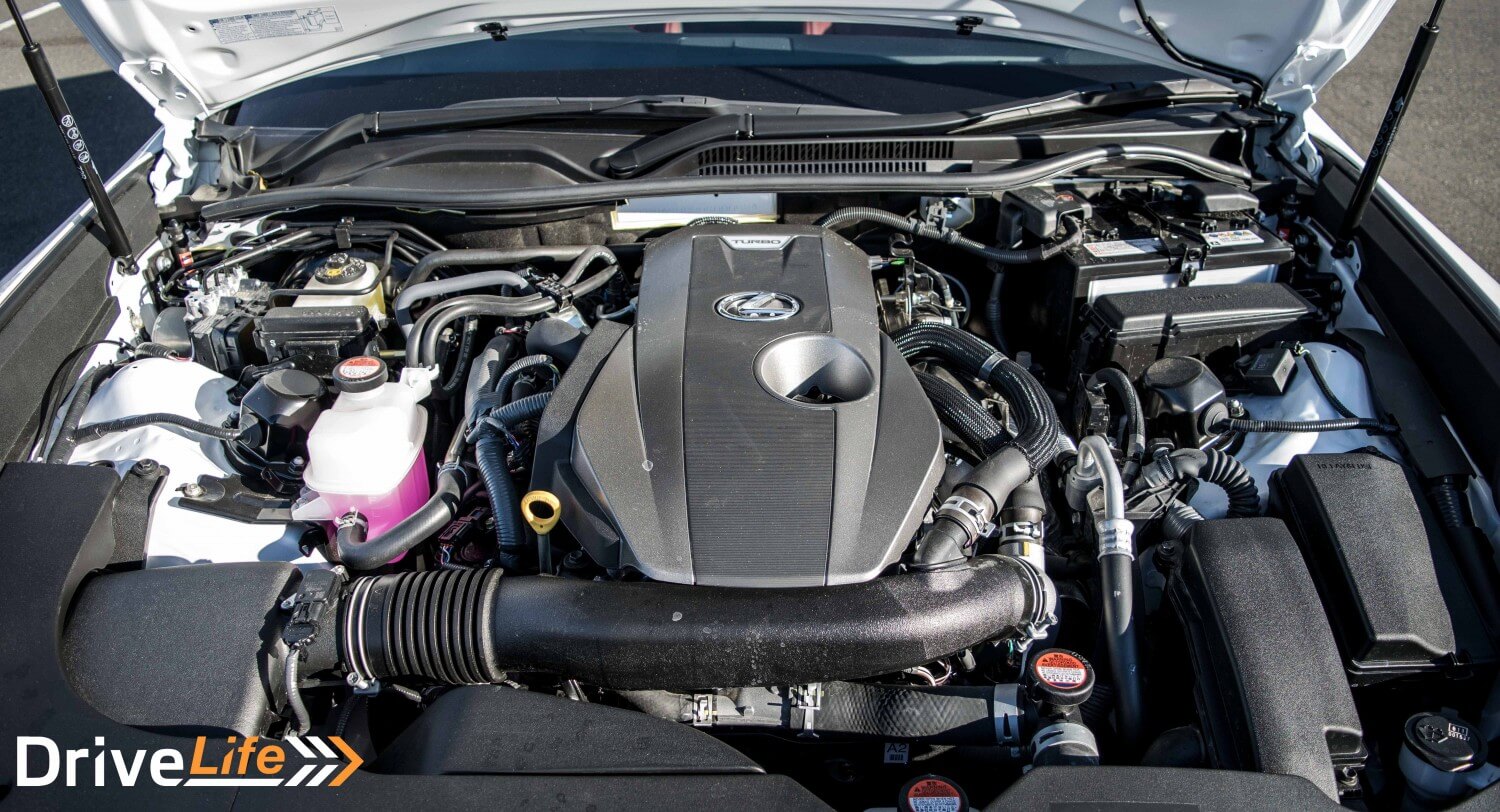 It’s a decent engine with a good torque spread throughout the rev range. You get that wonderful turbo surge at around 3500rpm and it’ll keep going up to around 5000. It’s not the best sounding engine in the world but what were you expecting, a Pagani? It doesn’t want to scream and shout. It may not have the aural presence as its V8 big brother but the RC200t does deliver with the occasional turbo spooling. Who doesn’t love a good turbo whine?
It’s a decent engine with a good torque spread throughout the rev range. You get that wonderful turbo surge at around 3500rpm and it’ll keep going up to around 5000. It’s not the best sounding engine in the world but what were you expecting, a Pagani? It doesn’t want to scream and shout. It may not have the aural presence as its V8 big brother but the RC200t does deliver with the occasional turbo spooling. Who doesn’t love a good turbo whine?
But what lets the car down is the weight. There’s no escaping the RC’s bulk. That means that this small turbo engine feels asthmatic when you get a bit enthusiastic with your right foot. Because of the weight the fuel economy isn’t all that brilliant either, considering it’s only a four cylinder. To get anywhere you’re constantly flooring it.
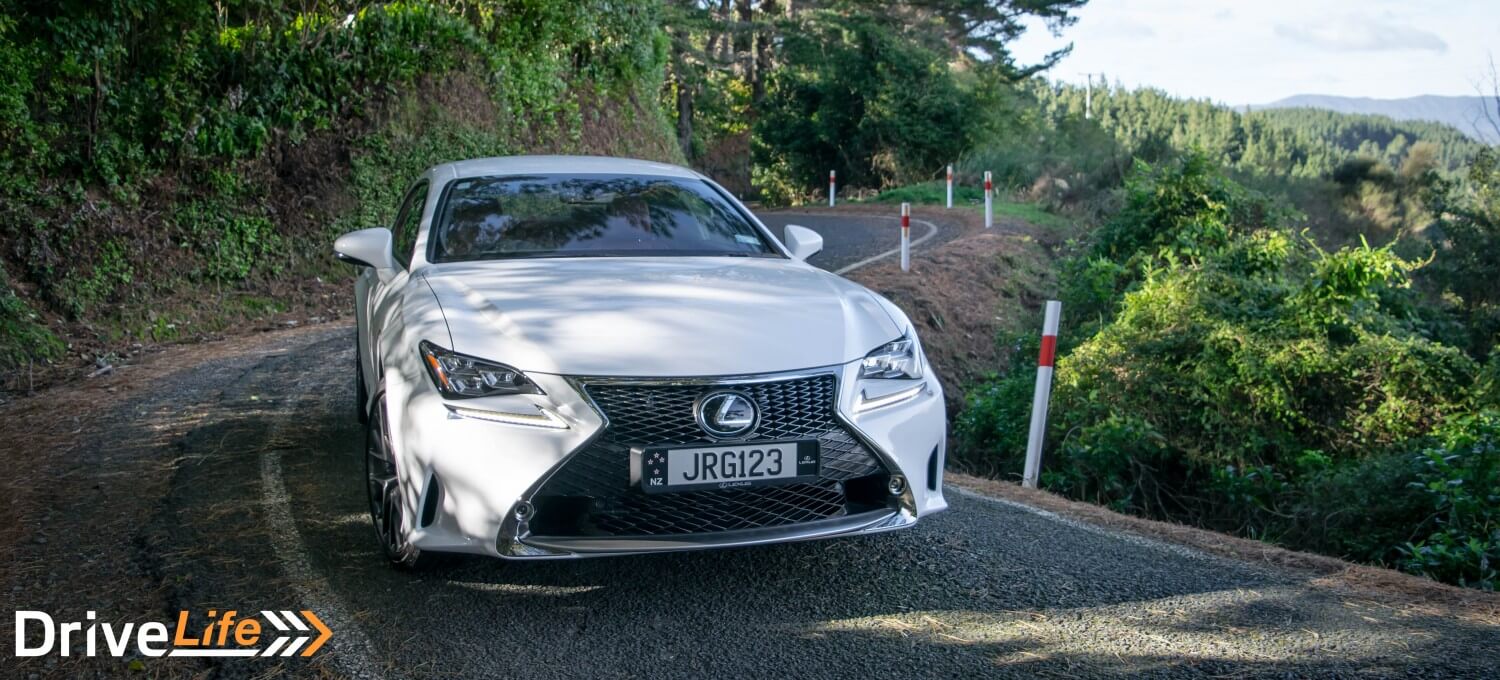 As a result this 2.0-litre turbo car was averaging around 12L/100km. That’s V6, even V8 territory. If a car is going to be that thirsty it better have the power and the soundtrack to back it up. The RC200t didn’t. It is a bit like the the divorced dad sobbing at a pub, all drink and no noise.
As a result this 2.0-litre turbo car was averaging around 12L/100km. That’s V6, even V8 territory. If a car is going to be that thirsty it better have the power and the soundtrack to back it up. The RC200t didn’t. It is a bit like the the divorced dad sobbing at a pub, all drink and no noise.
It’s a shame because everything else about the RC felt perfectly competent. With a small engine up front the steering felt light and balanced. The rear-wheel drive chassis felt nicely set up and composed. The RC corners well but this isn’t a car for spirited cornering. Instead stick in auto, leave the drive mode in Eco or Normal and cruise about being isolated from outside noise.
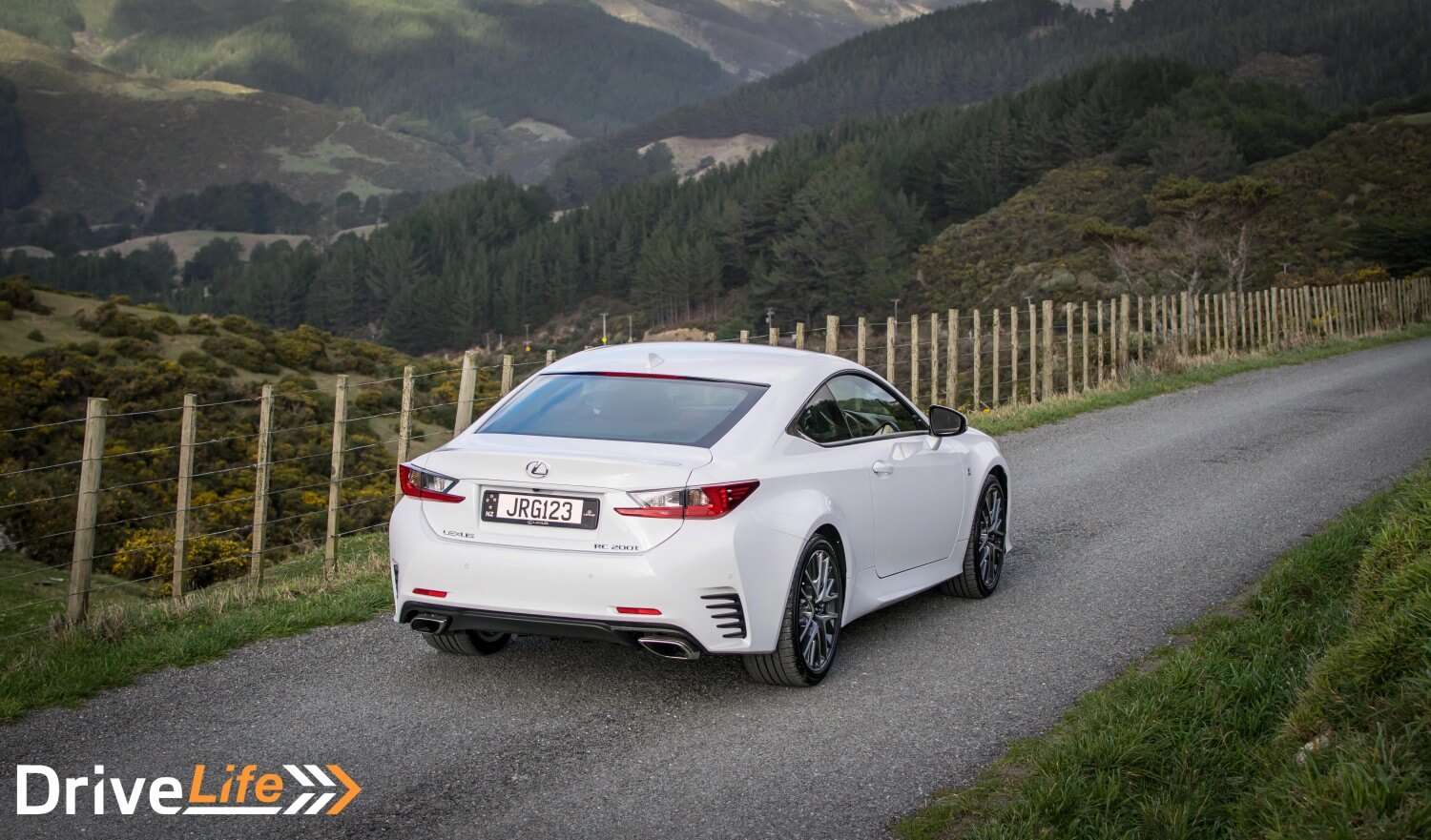 So treat the RC as a grand tourer and you’ll be completely satisfied. The ride, even in this F Sport trim, was perfectly comfortable on even the roughest roads Wellington could offer. Sport+ is the sportiest setting on the RC’s ‘Drive Mode Select’ function and while that gives the engine a much needed poke, it does make the ride a tad too firm for daily use. However, the other modes such as Sport, Normal, and Eco did feel a tad bouncy on the motorway.
So treat the RC as a grand tourer and you’ll be completely satisfied. The ride, even in this F Sport trim, was perfectly comfortable on even the roughest roads Wellington could offer. Sport+ is the sportiest setting on the RC’s ‘Drive Mode Select’ function and while that gives the engine a much needed poke, it does make the ride a tad too firm for daily use. However, the other modes such as Sport, Normal, and Eco did feel a tad bouncy on the motorway.
On the motorway and on the open road Lexus’ famed refinement and comfort were evident in the RC. This thing begs for long distance travel, albeit for two people. Noise, vibration, and harshness levels remained constantly low. Wind and road noise were particularly well isolated. Add the fantastic cabin ambience and supportive seats and you have a car that is a very nice place to spend many hours and miles in.
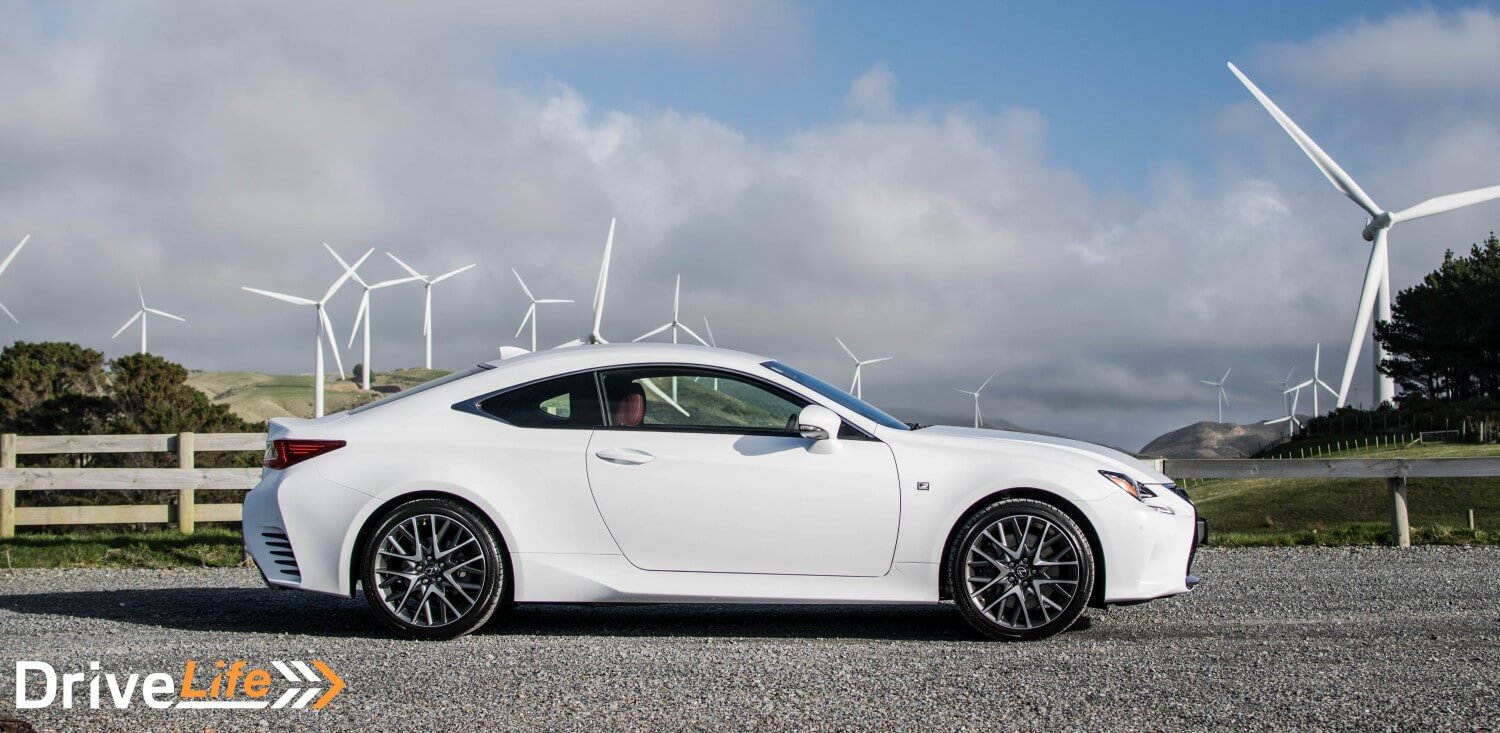 In the city there’s not much difference in terms of ride though I found Sport mode to be best as I liked having the engine just that bit more responsive. Speaking of city driving, while the RC may look like a sizeable coupe it’s very easy to drive around town. The smooth ride and light electrically-assisted steering helped. I could easily see this as being a perfectly usable daily driver.
In the city there’s not much difference in terms of ride though I found Sport mode to be best as I liked having the engine just that bit more responsive. Speaking of city driving, while the RC may look like a sizeable coupe it’s very easy to drive around town. The smooth ride and light electrically-assisted steering helped. I could easily see this as being a perfectly usable daily driver.
The Competition
Looking at the RC200t’s rivals which are less expensive, more powerful, more frugal, and lighter, it does seem like the RC is handicapped. But the RC appeals to those wanting to stand out from the norm. You’d really have to be committed and want to truly stand out to get the RC over a 430i though.
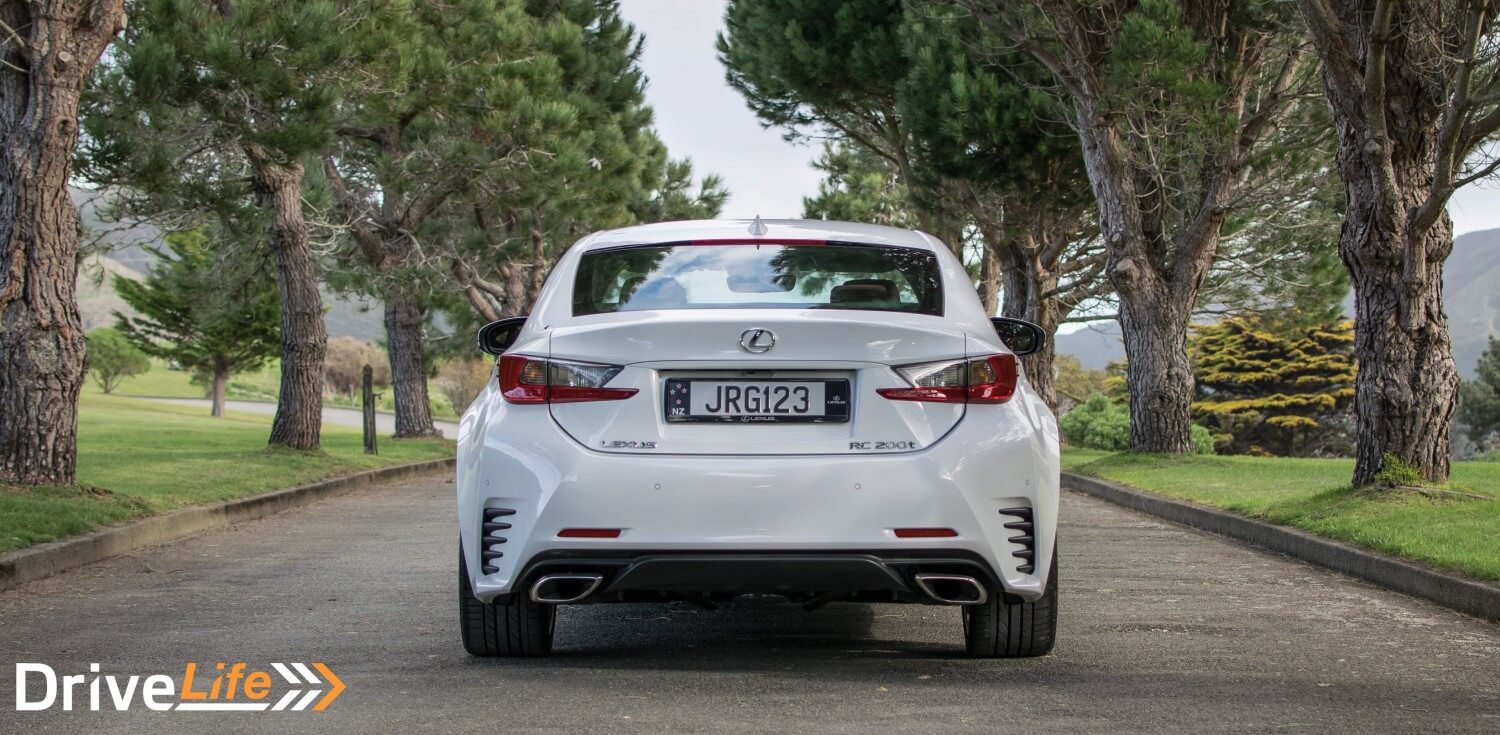 But while the German rivals aim to provide the ultimate driving experience, the Lexus has an unashamedly relaxed feel to it. The RC makes a fantastic case for itself for not being too overly aggressive or serious. It’s still very much a Lexus despite its flashy and sporty styling.
But while the German rivals aim to provide the ultimate driving experience, the Lexus has an unashamedly relaxed feel to it. The RC makes a fantastic case for itself for not being too overly aggressive or serious. It’s still very much a Lexus despite its flashy and sporty styling.
| Brand/Model | Engine | Power | Fuel L/100km | CO2 g/km | Price – High to Low |
| Audi A5 2.0T S-Line | 2.0-litre, four-cylinder turbo petrol | 220hp/165kW | 6.7L/100km | 159g/km | $109,250 |
| Lexus RC200t F Sport | 2.0-litre, four-cylinder turbo petrol | 247hp/180kW | 7.3L/100km | 168g/km | $102,990 |
| BMW 430i M Sport | 2.0-litre, four-cylinder turbo petrol | 262hp/185kW | 6.0L/100km | 136g/km | $102,900 |
| Mercedes-Benz C300 Coupe AMG Pack | 2.0-litre, four cylinder turbo petrol | 247hp/180kW | 6.6L/100km | 154g/km | $97,900 |
Pros and Cons
| Pros | Cons |
|
|
|
|
|
|
|
|
|
What We Think
The RC200t is an interesting car to say the least. It looks like a million dollars, feels more special inside than its direct rivals, and is unashamedly a luxo-barge than an out-and-out sports car. But given its character I don’t think the 2.0-litre turbo suits it very well. That engine is begging to be in a smaller, lighter body (Toyota 86 anyone?). It’s an eager little engine that needs an equally eager car.
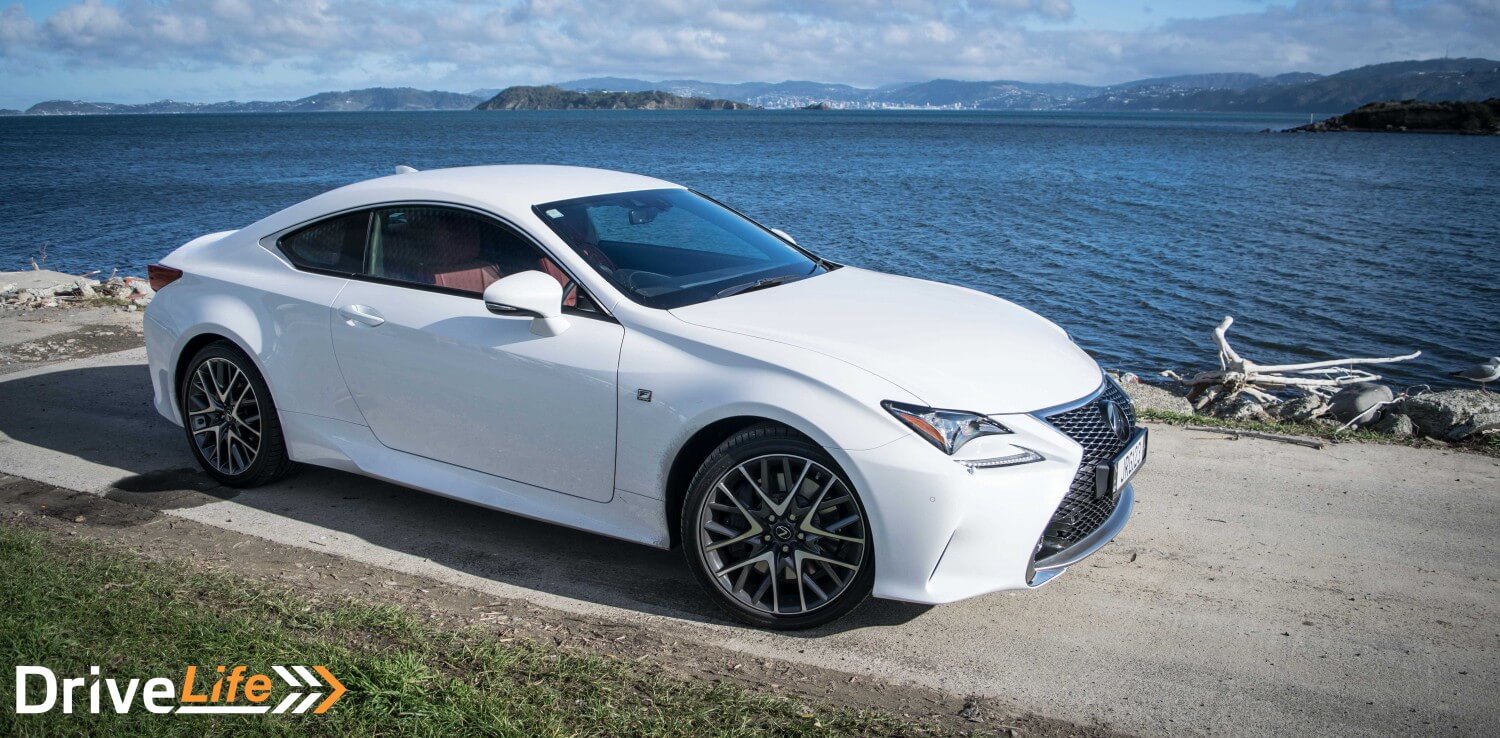 A solution would be for the RC to lose some weight. If you’re going to have less than average fuel consumption you might as well have the performance and noise to go with it. The RC, in its current form then, is better suited with the larger V6 in the RC350. I think that would be the sweet spot in the RC range. The V6’s extra oomph would make those long distance cruises all the more enjoyable with a more refined engine under the bonnet. It is about $20k more, which is a lot, so I suppose you could use that $20k to fuel the RC200t. However, I do think with a V6 and F Sport package the RC would be a hard overall package to fault.
A solution would be for the RC to lose some weight. If you’re going to have less than average fuel consumption you might as well have the performance and noise to go with it. The RC, in its current form then, is better suited with the larger V6 in the RC350. I think that would be the sweet spot in the RC range. The V6’s extra oomph would make those long distance cruises all the more enjoyable with a more refined engine under the bonnet. It is about $20k more, which is a lot, so I suppose you could use that $20k to fuel the RC200t. However, I do think with a V6 and F Sport package the RC would be a hard overall package to fault.
| Vehicle Type | Coupe |
| Starting Price | $102,990 |
| Tested Price | $102,990 |
| Engine | 1988c four-cylinder turbocharged petrol |
| Transmission | 8-speed automatic |
| 0-100 kph | 7.5 seconds |
| Kerb Weight | 1675kg |
| Length x Width x Height | 4705mm x 1845mm x 1390mm |
| Cargo Capacity | 423L |
| Fuel Tank | 66L |
| ANCAP Safety Ratings | 5 Star |


